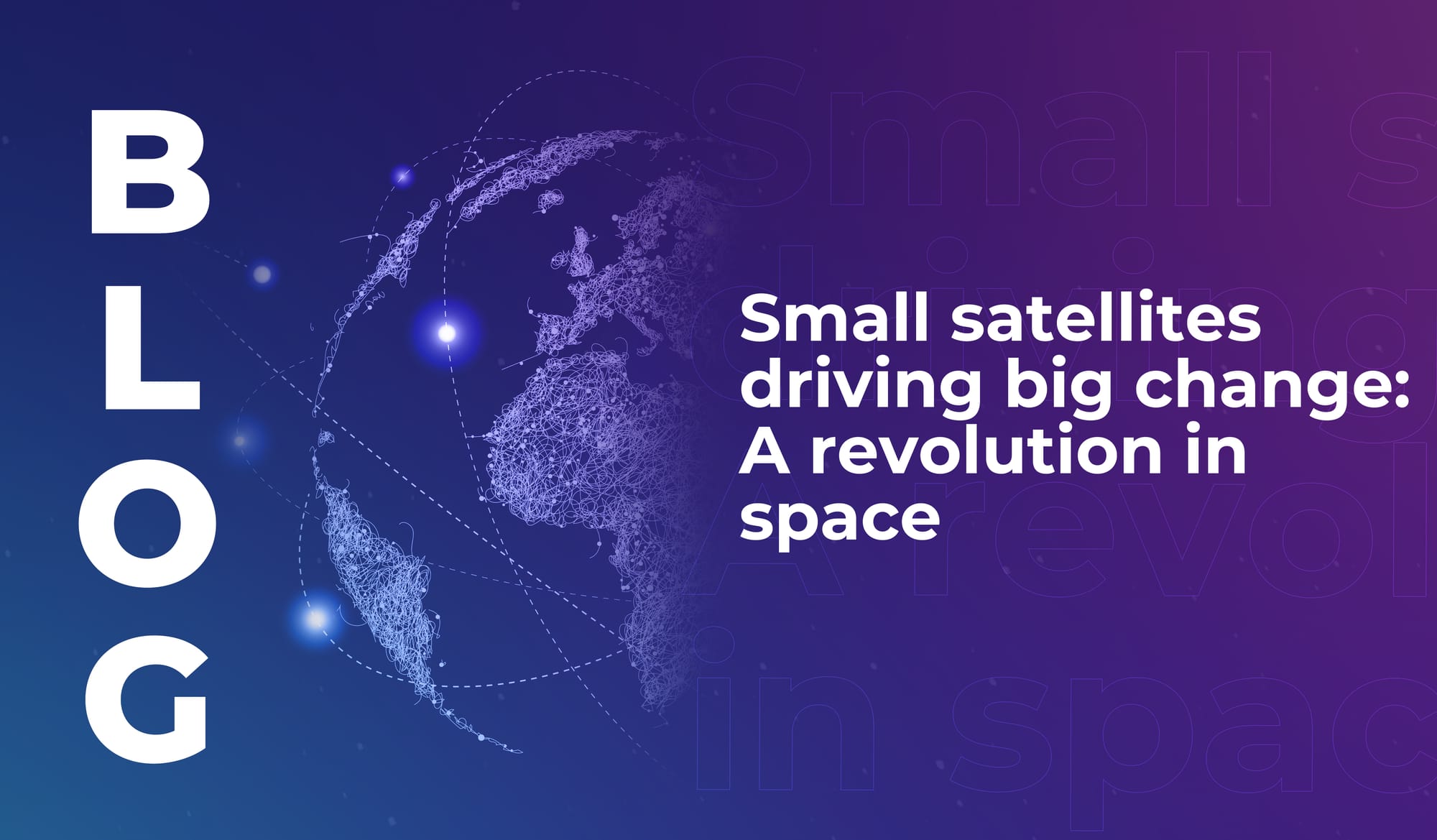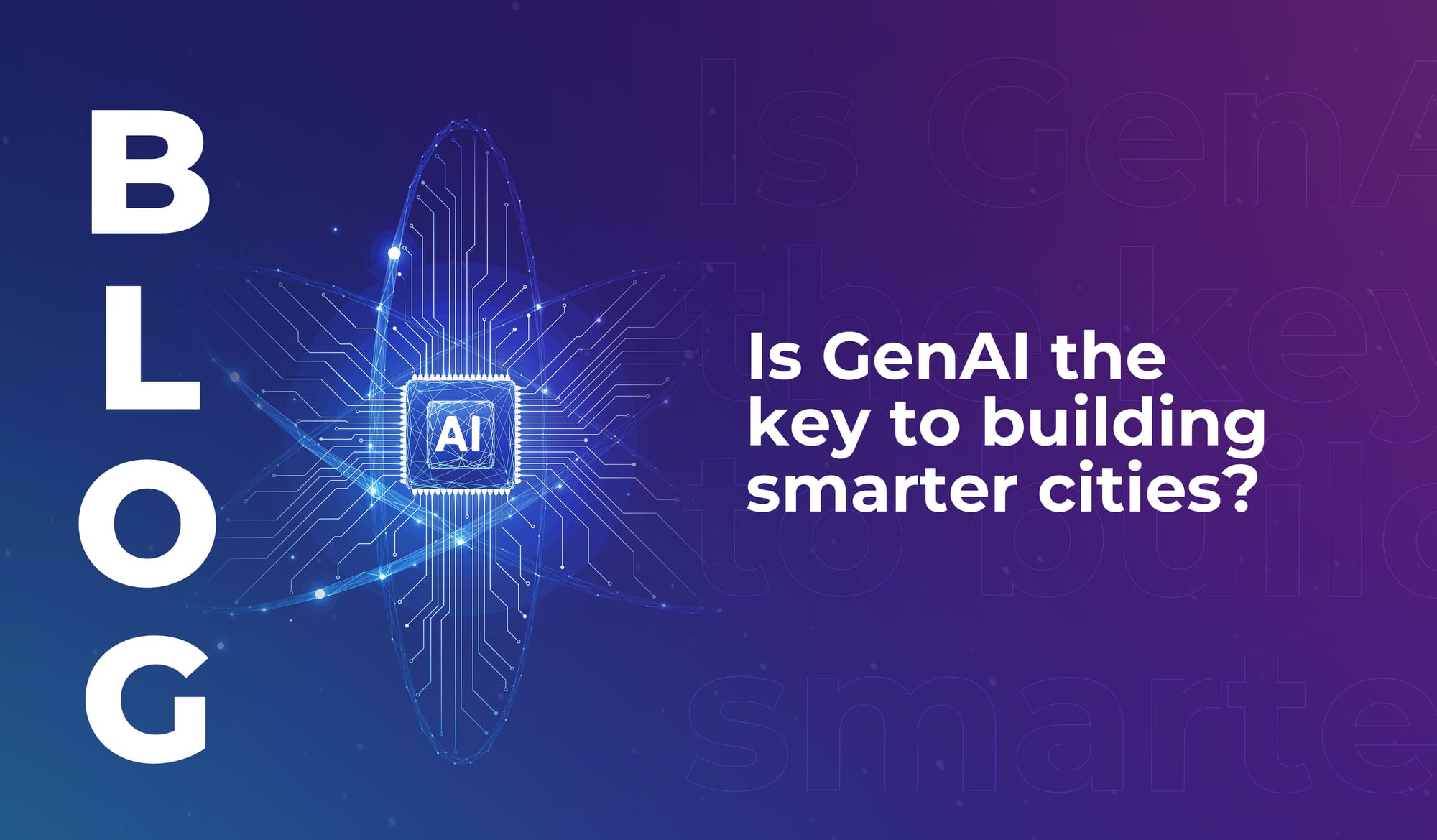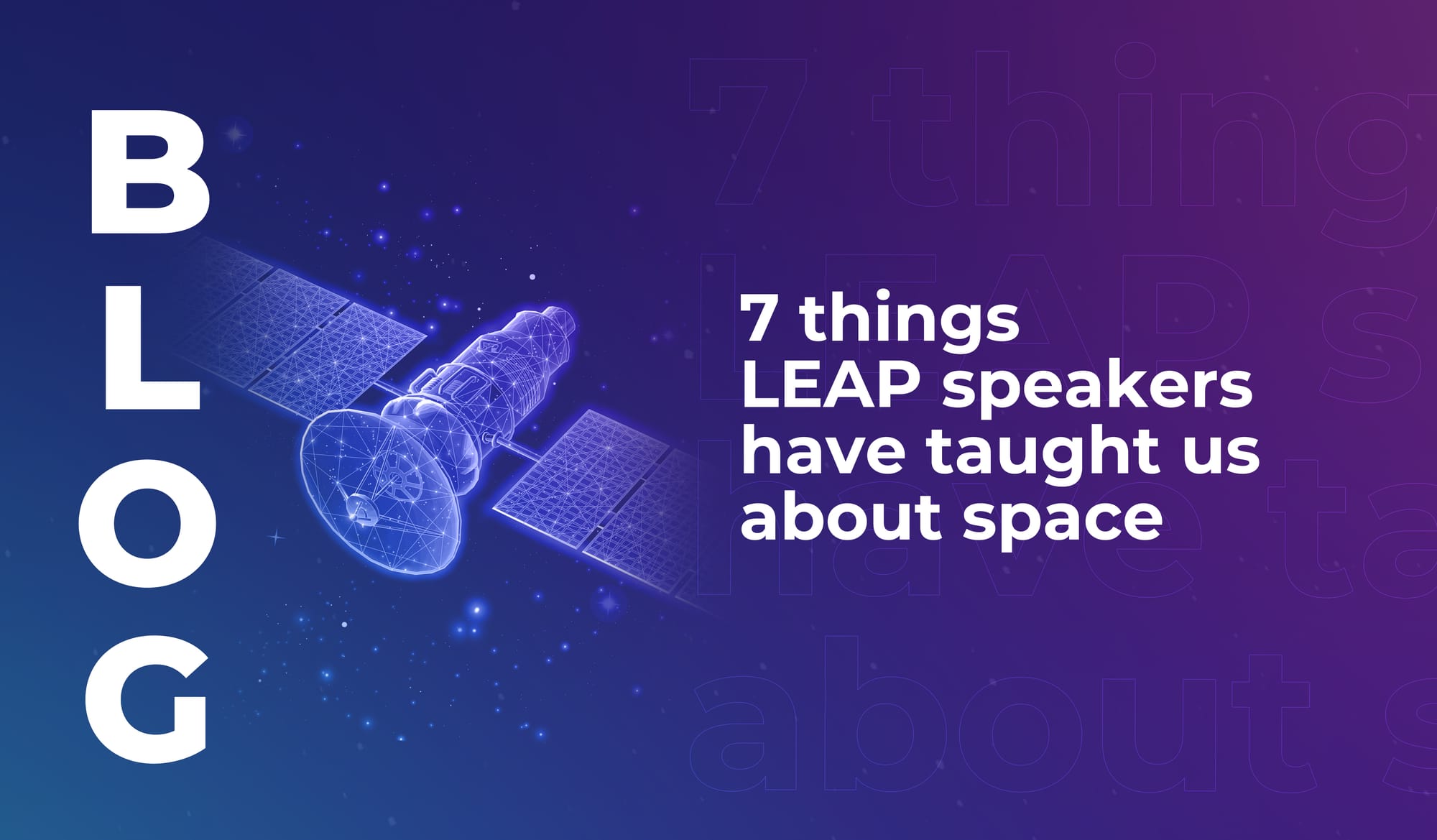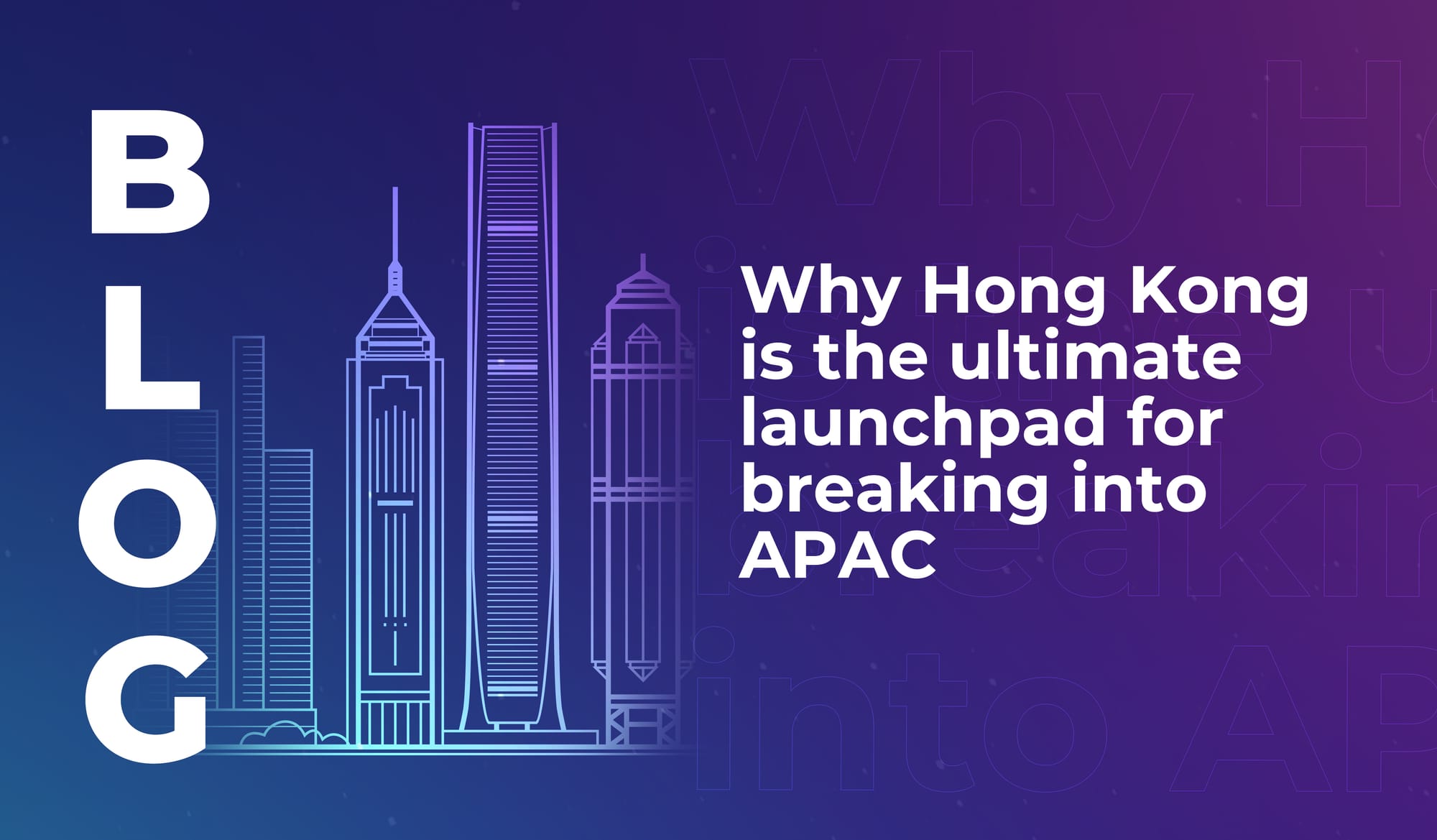
Small satellites driving big change: A revolution in space
How miniaturisation is transforming space tech – from student-built satellites to global innovation networks orbiting above us.


Digital twins have been in development as part of the future of urban planning for a while now. They’re virtual replicas of real-world infrastructure that can help city leaders model everything from traffic flow to energy consumption. But despite all the promise, the reality of building and managing these models at a city-wide scale remains incredibly complex, expensive, and time-consuming.
This is where GenAI comes in.
In a recent scoping review led by research scientist Haowen Xu and colleagues, the potential of GenAI to transform urban digital twins was examined in depth.
And the findings suggest that generative models – GANs, VAEs, GPTs, and diffusion models – could radically simplify how we create and manage city-scale digital twins across key systems such as transport, energy, water, and infrastructure.
Building digital twins of urban environments is no small feat. The review identifies six core challenges:
When Jorge Sebastiao (Co-Founder of EcoX) spoke at LEAP, he pointed out that existing smart cities haven’t addressed all the problems we need them to solve because they’re focused on optimising, rather than on serving citizens.
“What we are really trying to do is go beyond artificial intelligence,” he said. “We’re trying to add the human element to artificial intelligence. But much more than that, the data is important, the trust, and the purpose. We can build purpose into that artificial intelligence.”
And with developments in GenAI, we’re moving closer to that ability to build human-led purpose into the tech that manages smart cities.
The review details how different types of GenAI models can address those core challenges:
Generative Adversarial Networks (GANs) and Variational Autoencoders (VAEs) can fill in missing or poor-quality urban data. For example, VAEs are already being used to impute incomplete traffic data, while GANs can simulate future events – like surges in pedestrian traffic or energy consumption – based on historical trends.
In fact, GAN-generated data has already been used to model traffic flows, augment urban energy datasets, and even create synthetic maps for mobility planning. This allows city planners to test ‘what-if’ scenarios without needing real-world data for every possibility.
Creating 3D city models has traditionally required intensive manual labour. But GenAI – especially diffusion models and GANs – can automate the generation of these models. These tools help produce realistic, textured 3D environments that are suitable for simulation, urban design, and public engagement.
The paper points out that these AI-generated models can also avoid common pitfalls like terrain-object mismatches and missing volume validations. That’s a game-changer for urban planners and architects alike.
GPT-style language models can act as intelligent agents embedded within digital twin systems. They can translate citizen feedback into actionable design inputs, simulate responses to policy changes, or even generate entire planning documents.
This creates a bridge between technical planners and the community – bringing that ‘human element’ Sebastiao referred to directly into smart city design. With GenAI-powered chatbots, residents could one day ‘talk’ to their city about mobility preferences, service needs, or energy usage concerns.
Now, we’re entering an era where all the data we collect can then be transformed into intelligence. With GenAI models helping to automate and scale previously manual processes, urban digital twins could finally reach their full potential.
This transformation is particularly urgent as urban populations swell, and the demand for resilient, efficient, and responsive infrastructure grows. The scoping review emphasises that the integration of GenAI into digital twins is rapidly going to become essential, to enable:
But for this potential to be realised, it’s critical that smart city developers, urban planners, GenAI developers, and regulatory bodies all work together to build public trust. Clear regulatory frameworks and protocols for ethical data use will be essential. Because as Sebastiao rightly stressed, purpose and trust must be at the heart of how we apply AI in the city.
This all sounds really promising. It’s worth noting, though, that GenAI-powered digital twins are still in early development – so we’ve got a long way to go.
But the review makes a strong case for accelerating their adoption. The tech is mature enough to begin integrating into existing urban platforms – and many platforms are already doing this.
For city planners and regulators, now is the time to start exploring how GenAI could enhance digital twin strategies; particularly in areas like simulation, data augmentation, and citizen engagement. And for innovators and startups in the urban tech space, this is a golden opportunity to develop tools that bridge the gap between AI, data, and design.
The smart cities of our future won’t just be powered by sensors and dashboards. They’ll be built by a new class of AI models that can imagine, design, and co-create the cities we truly want to live in.

How miniaturisation is transforming space tech – from student-built satellites to global innovation networks orbiting above us.

Seven lessons from LEAP’s space speakers on perspective, creativity, and connection – showing how space thinking transforms life on Earth.

Hong Kong offers unmatched access to APAC, combining connectivity, capital, innovation, and stability, making it the ideal launchpad for LEAP East.

How miniaturisation is transforming space tech – from student-built satellites to global innovation networks orbiting above us.

Seven lessons from LEAP’s space speakers on perspective, creativity, and connection – showing how space thinking transforms life on Earth.

Hong Kong offers unmatched access to APAC, combining connectivity, capital, innovation, and stability, making it the ideal launchpad for LEAP East.